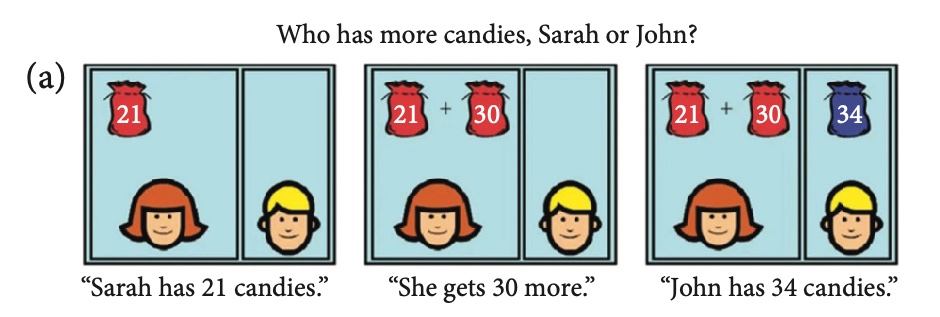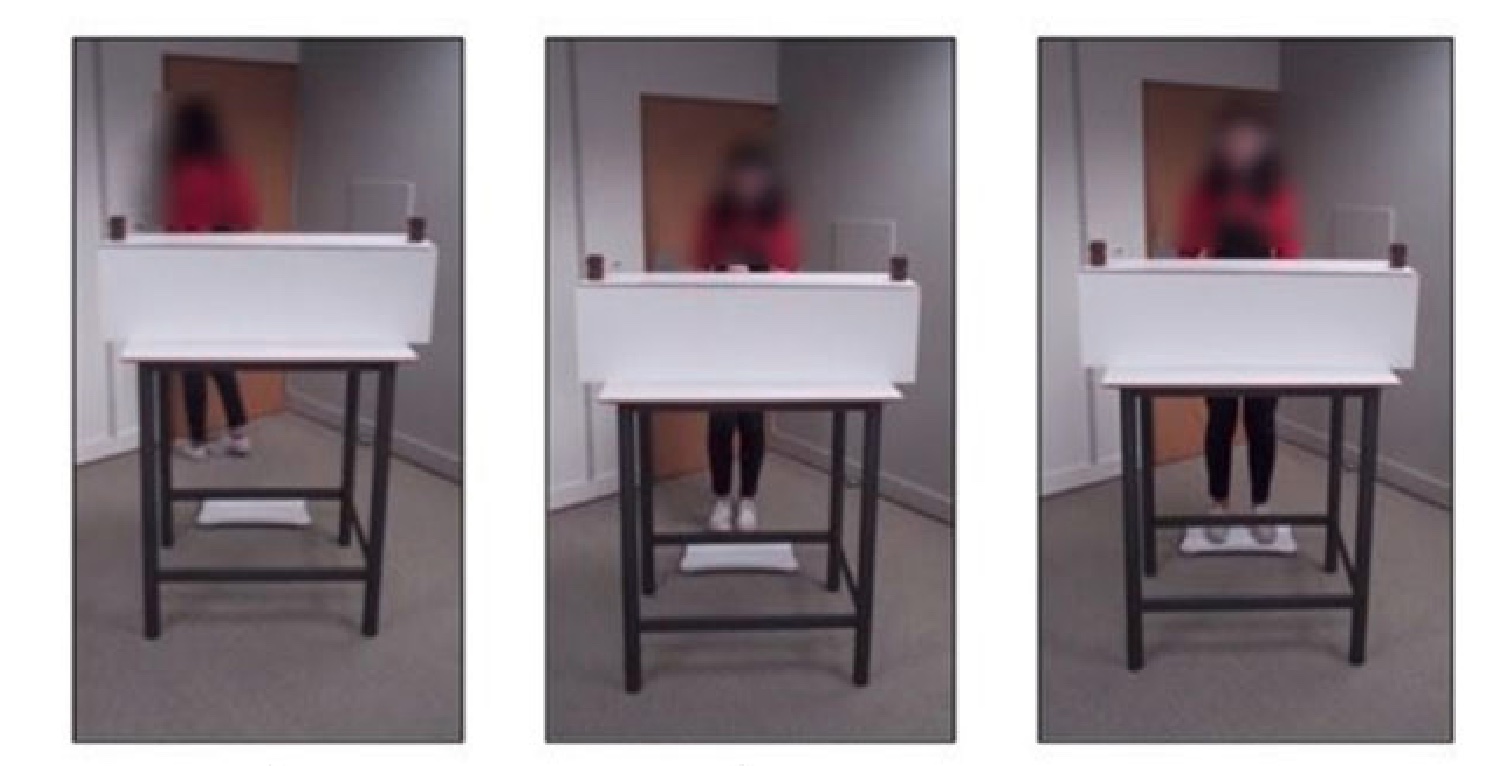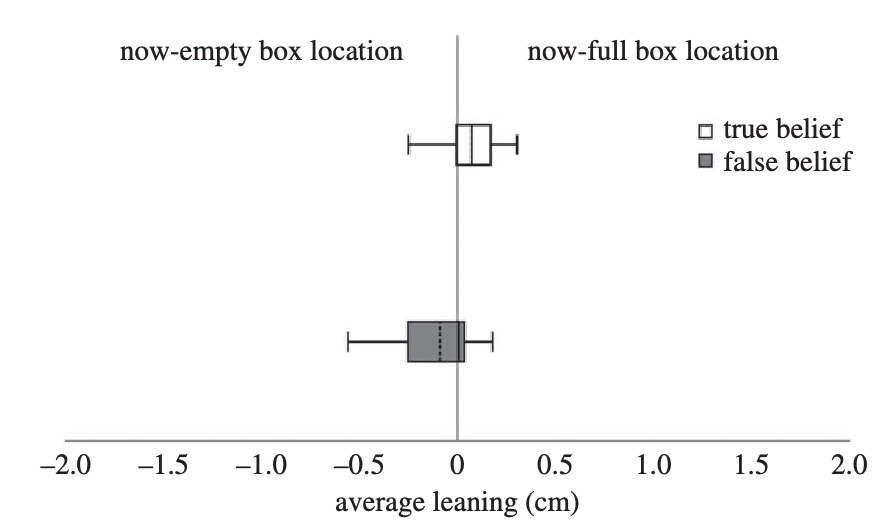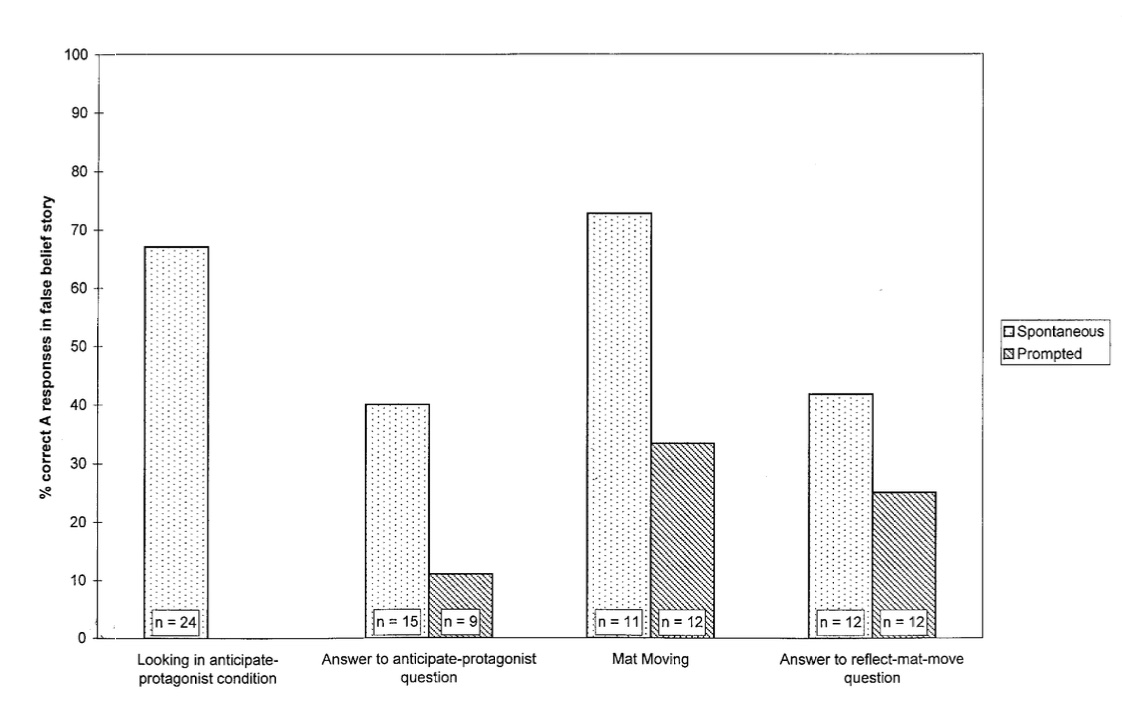Click here and press the right key for the next slide.
(This may not work on mobile or ipad. You can try using chrome or firefox, but even that may fail. Sorry.)
also ...
Press the left key to go backwards (or swipe right)
Press n to toggle whether notes are shown (or add '?notes' to the url before the #)
Press m or double tap to slide thumbnails (menu)
Press ? at any time to show the keyboard shortcuts
How Do Core Systems Support Learning?
How do core systems support learning?
‘Core knowledge systems [...] their outputs give rise to the concepts and beliefs that populate our thoughts.’
Spelke (2022, p. 199)
Problem: inferential isolation



‘preschool children recruited the core number system, on the fly, to perform approximate symbolic arithmetic.’
But ‘no awareness of number’ [from earlier]
and
when learning arithmetic, ‘children [...] often make errors that yield wildly wrong answers.’
Spelke (2022, pp. 174, figure 4.5(a)) from Gilmore, McCarthy, & Spelke (2007)
an easier case: action


Zhang & Rosenbaum (2007)
1. you simulate being in a situation
2. the situation triggers a core system
3. the core system generates a disposition to act, or an experience
4. you detect the disposition to act (or the experience)
5. you interpret this, generating an intuition

‘preschool children recruited the core number system, on the fly, to perform approximate symbolic arithmetic.’
But
when learning arithmetic, ‘children [...] often make errors that yield wildly wrong answers.’
Spelke (2022, pp. 174, figure 4.5(a)) from Gilmore et al. (2007)
1. you simulate being in a situation
2. the situation triggers a core system
3. the core system generates a disposition to act, or an experience
4. you detect the disposition to act (or the experience)
5. you interpret this, generating an intuition
intentional isolation
‘These systems give rise to our deepest intuitions, as adults, about the nature of the world and ourselves. The core systems, therefore, provide a common ground for communication between people in different cultures, with different beliefs and values.’
Spelke (2022, p. ixx)
Can we apply this to theory of mind (not just number)?
A neglected puzzle ...

Barone, Wenzel, Proft, & Rakoczy (2022)
How are children able to show correct action anticipation on the basis of placing sieves, pointing and helping?

Zani, Butterfill, & Low (2020) (see also Zani, Butterfill, & Low (2023))

What if we bind the protagonist?

Barone et al. (2022)

Garnham and Perner 2001, figure 1

Inferential Isolation Is a Barrier to Understanding Cognitive Development
notes
‘core systems give rise to simulations that prepare infants for learning from their encounters with objects, places, and other entities.’
Spelke (2022, p. xxiv)
‘These systems give rise to our deepest intuitions, as adults, about the nature of the world and ourselves. The core systems, therefore, provide a common ground for communication between people in different cultures, with different beliefs and values.’
Spelke (2022, p. ixx)
‘These ancient systems [core systems] [...] give rise to mental representations that are deeply inaccessible to our human, conscious minds. We can discover them through experiments, but not by introspection.’
Spelke (2022, p. xx)